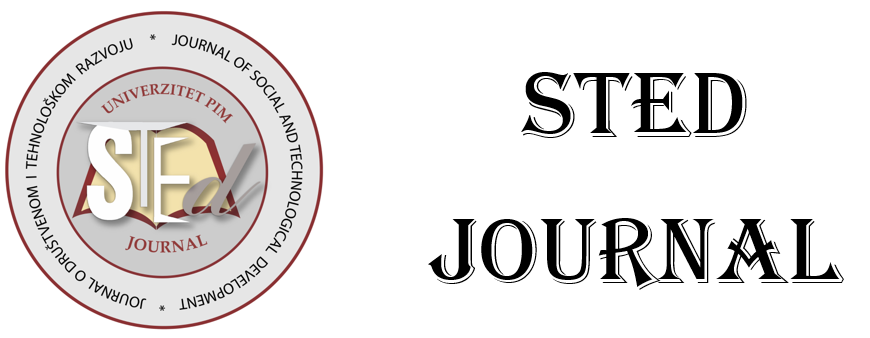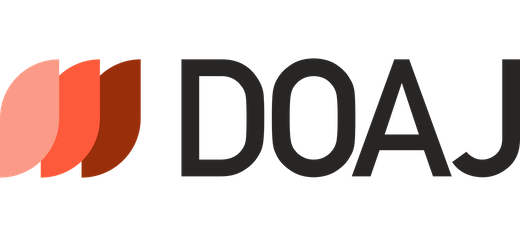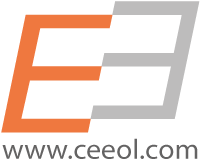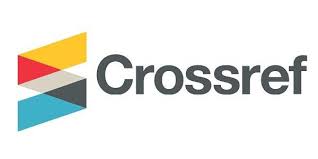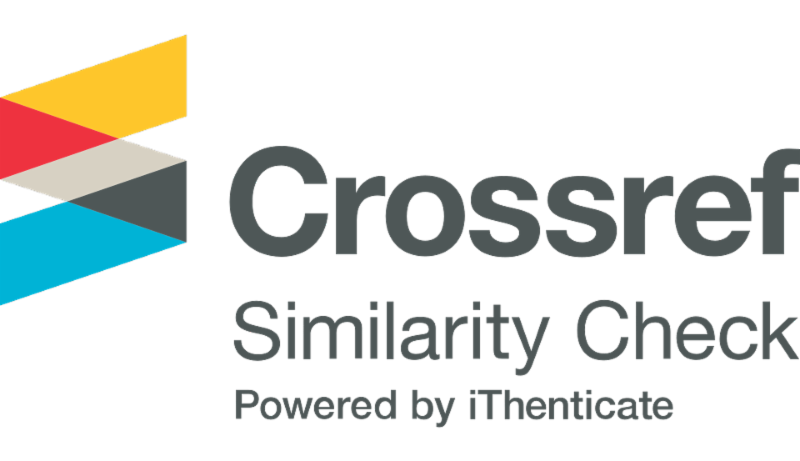
More articles from Volume 4, Issue 1, 2022
THE INFLUENCE OF WORK MOTIVATION, TRAINING AND WORK PERFORMANCE DISCIPLINE OF THE STATE CIVIL APPARATUS AT CIVIL SERVICE POLICE UNIT KNOWN AS “SATPOL PP” AND MERAUKE DISTRICT FIRE DEPARTMENT
CORPORATE SOCIAL RESPONSIBILITY IN BANKING INDUSTRY
THE ASSESSMENT OF THE FILAMENT EXTRUDER EQUIPMENT FOR 3D PRINTING METHOD
COMPARATIVE ANALYTICAL DATA OF AIR QUALITY IN BANJA LUKA CITY
THE POSITION OF NATIONAL MINORITIES IN THE WESTERN BALKAN COUNTRIES
Article views
THE ASSESSMENT OF THE FILAMENT EXTRUDER EQUIPMENT FOR 3D PRINTING METHOD
Institute of Technology, MATE Hungarian University of Agriculture and Life Science , Gödöllő , Hungary
Institute of Technology, MATE Hungarian University of Agriculture and Life Science , Gödöllő , Hungary
Received: 29.11.2022.
Accepted: 04.04.2022. >>
Published: 30.05.2022.
Volume 4, Issue 1 (2022)
pp. 32-38;
Abstract
The objective of this study is to allow a better understanding of the role of industry 4.0 technologies, especially filament extrusion technology in the reduction of costs, environmental impact, energy consumption, and the possibility to expand the range of printable materials. The study focuses on the desktop Filament Extruders available in the market now, where these machines are assessed and future possible modifications for these apparatuses are presented. The research leading to the publication of this study consists of a review of the existing literature, in addition, information from different extruders manufacturers’ websites has been used. The study has demonstrated that the extrusion of material at home is still not an exact science, and the process ends up costing the user large sums of money over time. However, there are still limitations to the use of this technology such as the lack of standardized extrusion settings, the necessity of pre-drying the pellets, and the complexity of the extruder cleaning process after each use.
Keywords
References
Citation
Copyright
All papers are licensed under a Creative Commons Attribution 4.0 International License.
Article metrics
The statements, opinions and data contained in the journal are solely those of the individual authors and contributors and not of the publisher and the editor(s). We stay neutral with regard to jurisdictional claims in published maps and institutional affiliations.
